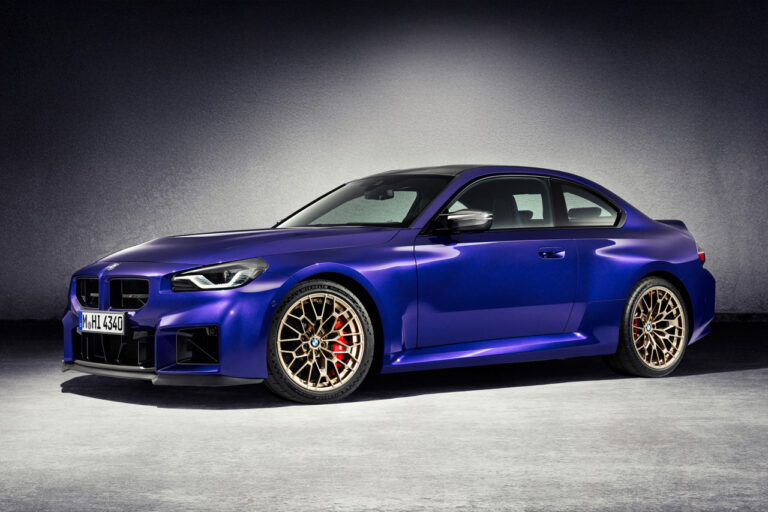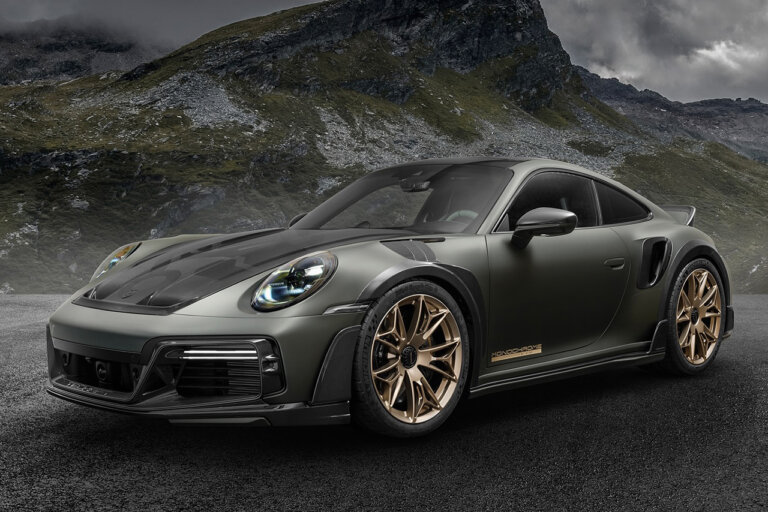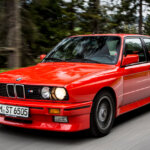Type 2 Westfalia
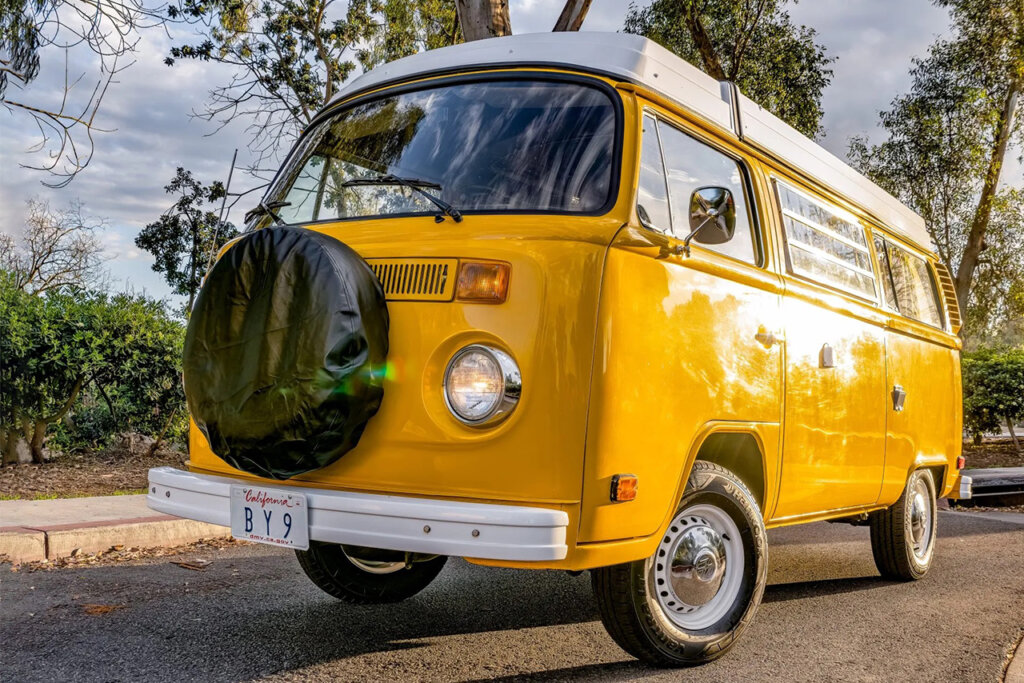
Source: Bring-A-Trailer
| Trim | Production | Engine | Power | Transmission | Drivetrain |
| T2 Westfalia | 1967 – 1979 (Brazil produced until 2013) | 1.6 – 2.0L B4 (Rear-engine) | 47- 70 HP / 48 – 71 PS / 35 – 52 kW | 4-Speed Manual 3-Speed Automatic | RWD/AWD |
The Westfalia variant is synonymous with adventure and embodies the spirit of a mobile home. Born out of a collaboration with the German camper conversion company Westfalia-Werke, this variant was introduced in the 1950s. The Westfalia offered a custom-built camping interior, including a fold-out bed, a kitchenette with a stove and a sink, and ample storage space. Some models even offered a pop-up roof, providing extra headroom and space for additional sleeping quarters. Later models saw improvements in engine power, with some equipped with a more potent 2.0-liter engine, enhancing its ability to handle extended journeys.
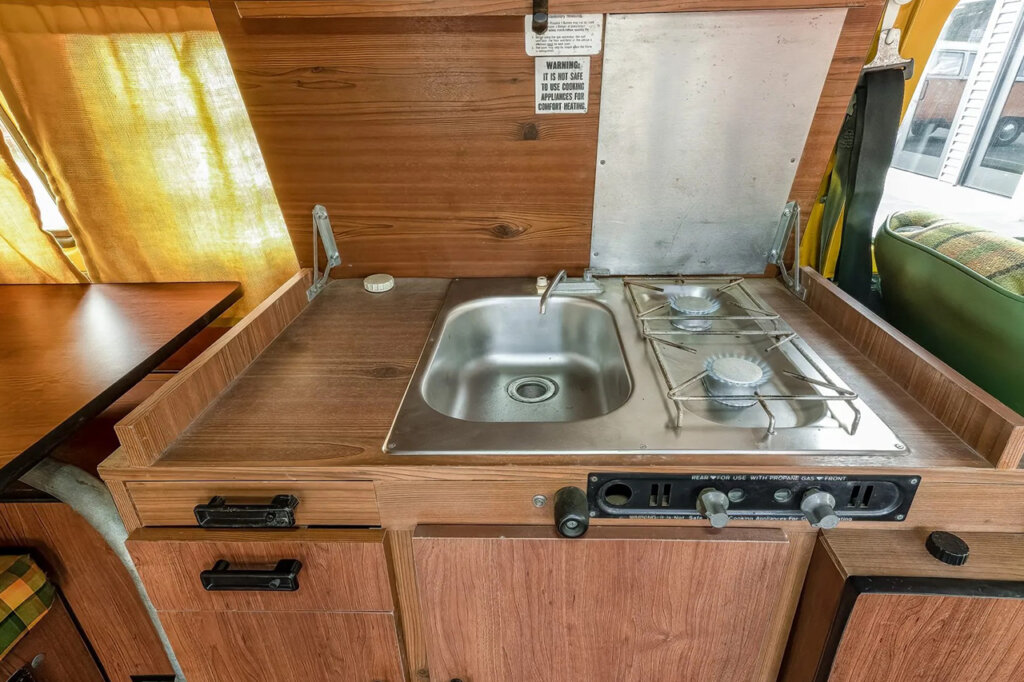
Source: Bring-A-Trailer
The versatility of the Westfalia made it a popular choice among outdoor enthusiasts, surfers, and campers who sought the freedom to explore without sacrificing comfort. Its compact size and practical layout allowed for easy maneuvering on the road, making it an ideal choice for both short getaways and long-term journeys.
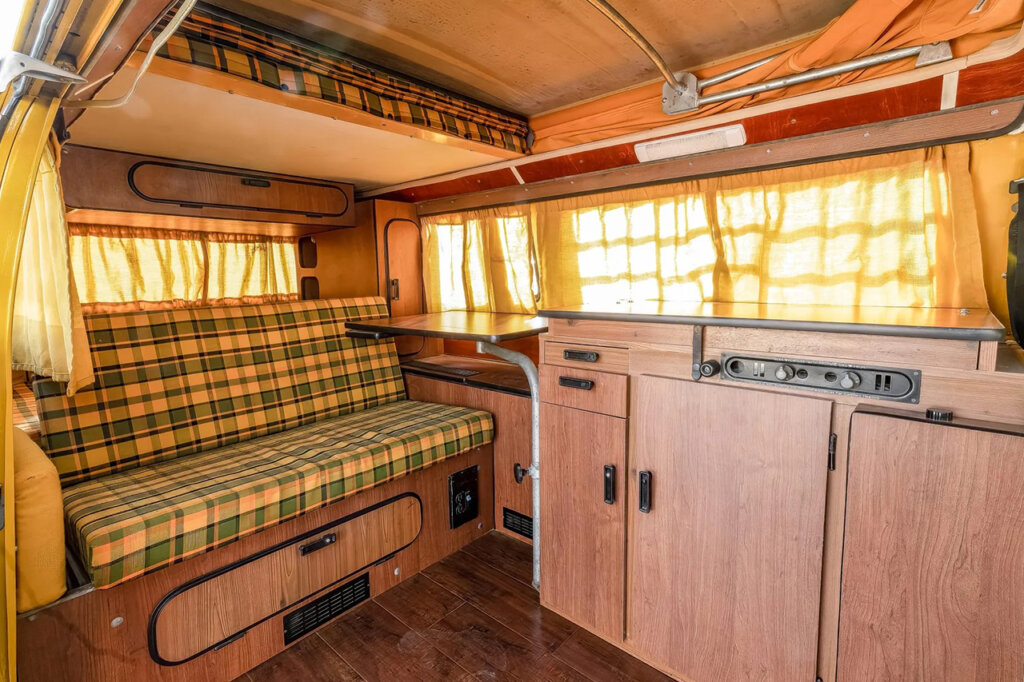
Throughout the years, the Westfalia received continuous improvements and upgrades, including better insulation, enhanced cabinetry, and modern amenities, while still maintaining its retro charm. It became an emblem of the counterculture movement in the 1960s and 1970s, symbolizing the desire for adventure and a simpler way of life.

